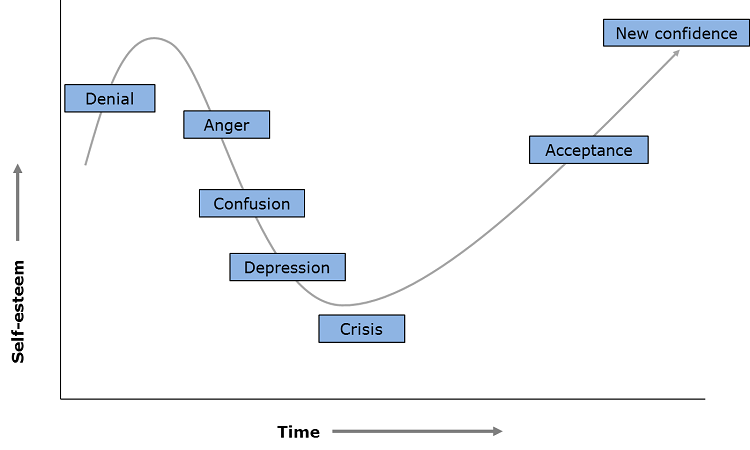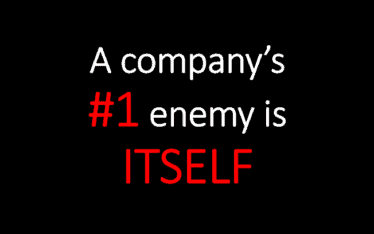Employees’ emotions are where the momentum for real transformation lies
Many leaders excel at building the rational case for change, but they are less adept in appealing to people’s emotional core. Yet the employees’ emotions are where the momentum for real transformation ultimately lies.
Understand the emotional case for the change
Change management communications need to be targeted to each segment of the workforce, and delivered in a two-way fashion that allows people to make sense of the change subjectively.
Change is really a people process, and people being creatures of habit are typically resistant to adopting new mind-sets, practices, and behaviors.
The emotional phases employees go through during organizational change
Emotional and rational case for organizational change – align the rational and emotional elements
Organizational change will be extremely difficult in most cases if managers rely only on making a case to the rational, analytical, problem-solving side of the brain. Instead, they must also make an emotional case for change and align the rational and emotional elements of the appeal.
Emotions are hugely powerful. But most managers barely tap into that power when driving organizational change
If leaders are asking people to adapt to a new reality, they need to understand the emotional case for the change so they can feel truly committed to the transformation.
It can’t be presented as another “program of the month” that they will have to live through. Bringing the details of what will change – and what won’t – into the presentation allows leaders to paint a vivid picture of what the change means for employees personally, not only why it benefits the business.
The hard truth is that most change initiatives are done “to” employees, not implemented “with” them or “by” them. Although executives are pushing behavior change from the top and expecting it to cascade through the formal structure, an informal culture left to instinct and chance will likely dig in its heels.
Short URL & title:
Emotional and rational case for organizational change — https://www.torbenrick.eu/t/r/bhg
Share it:
If you enjoyed this article, please take 5 seconds to share it on your social network. Thanks!









About The Author
Torben Rick
Experienced senior executive, both at a strategic and operational level, with strong track record in developing, driving and managing business improvement, development and change management. International experience from management positions in Denmark, Germany, Switzerland and United Kingdom